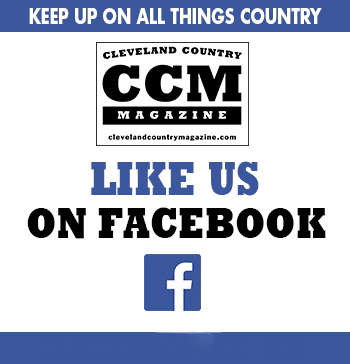
Moonshine has been experiencing a renaissance of sorts over the last decade. In the past the drink was reserved exclusively for criminals and peasant rural farmers. However, it has become a staple for the modern American connoisseur and numerous distilleries have popped up across the US. Moonshine’s rich history is likely responsible for it’s massive resurgence and broad appeal.
Pot Stills: The Printing Press of a Good Time
Believe it or not, pot stills made of copper were actually first made by the ancient Egyptians. Various methods of fermentation have extremely ancient origins. Distilling that product into a concentrated spirit first happened thousands of years ago. Humans have always created a demand for substances that alter their normal frame of mind. Alcohol has supplied that demand for a very long time.
Transmuting Corn Into Hooch
When America first settled, one of the first crops to gain popularity was corn. Of course, corn on it’s own was a frightening thing to bet your family’s future on. The price fluctuated and weather could ruin an entire crop, leaving farmers in dire straights. Some intrepid farmers, particularly those around the Appalachian Mountains, saw an opportunity. By fermenting and distilling a mash from corn, they could increase their margins significantly. The product was so valuable in rural areas that it even became its own currency. This period was the genesis of the infamous moonshiners.
The Whiskey Rebellion
After the Revolutionary War came to an end, the federal government was struggling financially. It needed to raise funds quickly and to do so set its sights on alcohol. The Whiskey Tax was enacted in 1791 and was met with significant opposition. Rural farmers that were engaging in whiskey or moonshine production saw the tax as targeting the poor man. Being a defiant and hearty group of people, nearly all moonshiners simply ignored the tax. Soon, federal tax collectors came to take their cut but were met with tar-and-feather. In some cases, they were even met with violence. This friction escalated to the point of a full-fledged armed rebellion by 1794. The government quickly quelled the rebellion, however tensions in the area remained in place.
Prohibition: The Noble Experiment
In the early 1800’s the country had taken a much more religious turn philosophically. Fundamentalist Christians formed The Temperance movement and began campaigning to fight evil. The criminal reputation of moonshiners likely did not help the stigma of alcohol at this time.
It wasn’t long until there was enough public support of the movement to push federal prohibition through.

From Criminals to Organized Crime
Most people understand that regardless of the legal landscape, supply will always find demand. Prohibition was a perfect demonstration of that fact. Appalachian moonshiners were already living on the fringe of society. Therefore, moving to full-fledged criminal alcohol production was not a difficult leap to make. Not only did moonshine keep flowing out of the Appalachian hills, it actually sped up during this time. Many people’s mind go straight to the mafia as the crime syndicate operating during prohibition. However, Irish-American bootleggers were just as involved.
Moonshine: A Taste of History
Prohibition obviously failed miserably and ended shortly after it began. Moonshine then quietly slipped back into the hills to be mostly forgotten. For years, all one would hear on the subject is that is makes you blind. However, with the rise of DIY, fueled in large part by the internet, moonshine made a comeback. First a somewhat amusing historical novelty, moonshine now has entire commercial distilleries devoted to it. This is a beverage that helped shape our nation and it’s great that it is being preserved. So go grab a jar this weekend and take a walk in the moonlight.








